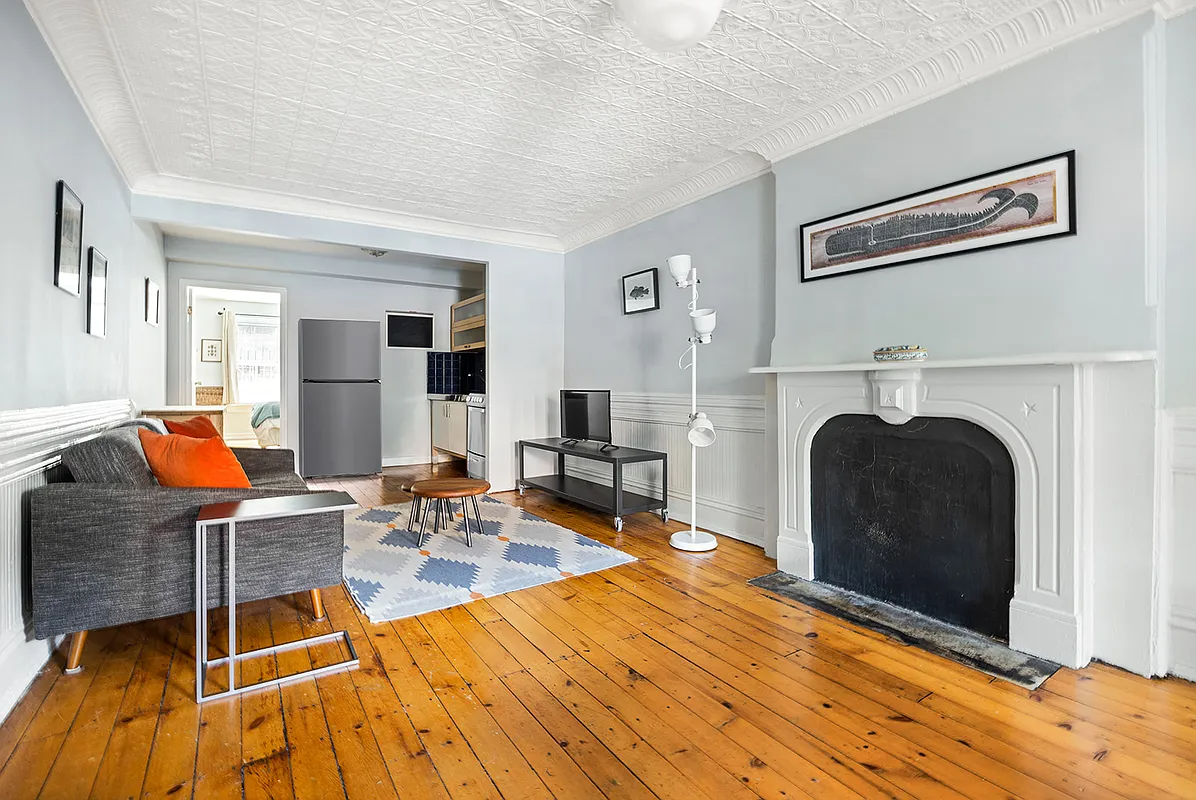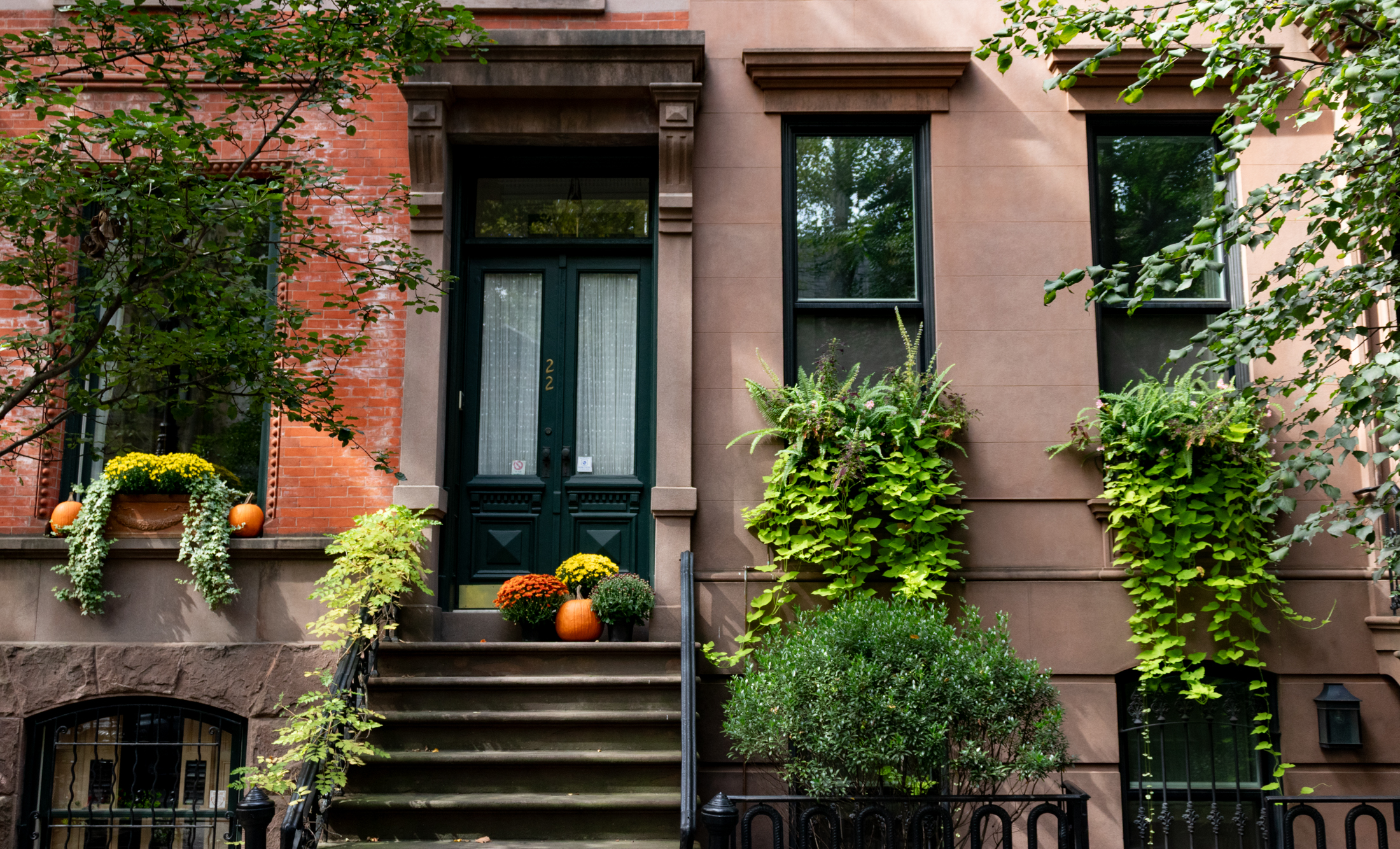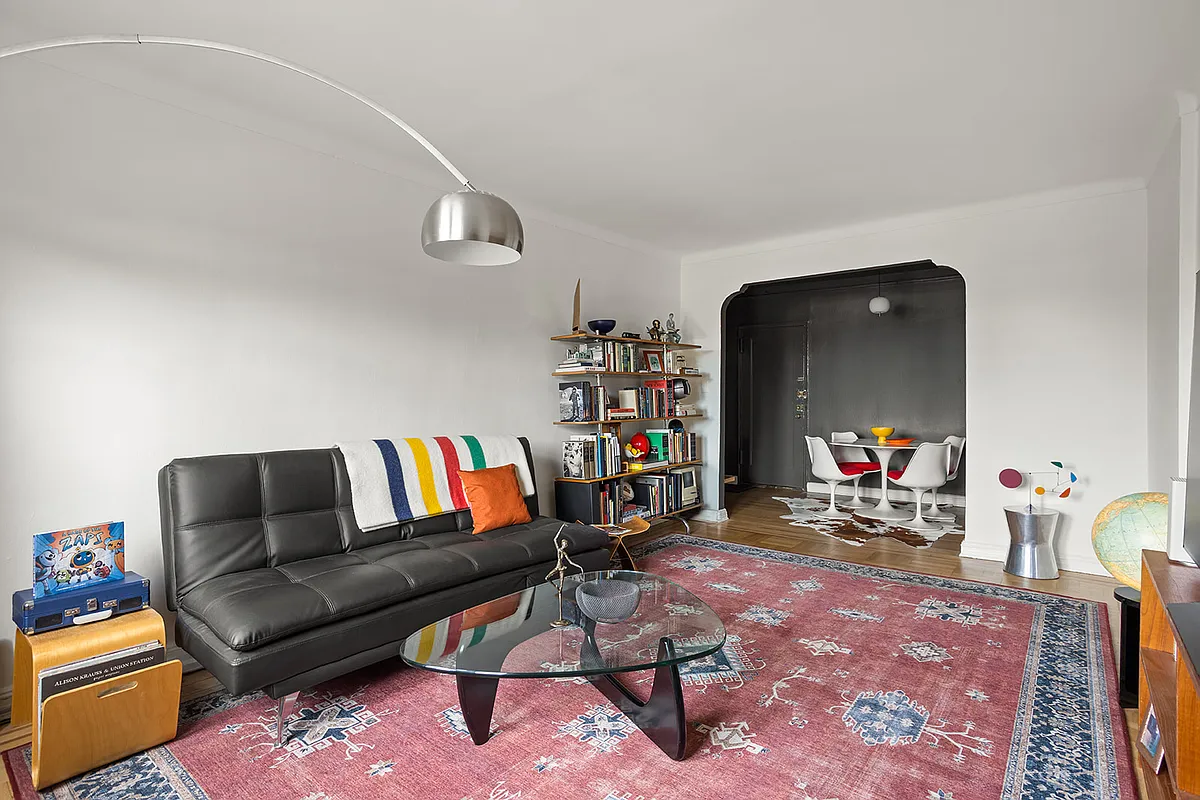The Failure of Metrotech, Eminent Domain and All
In the latest issue of urban-planning mag City Journal, writer Nicole Gelinas examines the role of eminent domain in the creation and destruction of cities. In the process, she looks back on the failed experiment known as Metrotech: Nearly two decades ago, Gotham decided to build a walled camp in the middle of a lower-class…

 In the latest issue of urban-planning mag City Journal, writer Nicole Gelinas examines the role of eminent domain in the creation and destruction of cities. In the process, she looks back on the failed experiment known as Metrotech:
In the latest issue of urban-planning mag City Journal, writer Nicole Gelinas examines the role of eminent domain in the creation and destruction of cities. In the process, she looks back on the failed experiment known as Metrotech:
Nearly two decades ago, Gotham decided to build a walled camp in the middle of a lower-class area of Brooklyn to lock white-collar jobs in. This project would accomplish two goals, pols thought. In addition to keeping jobs in New York, Metrotech would spark further development in a slummy neighborhood that never had grown on its own, despite its proximity to lower Manhattan. City and state officials used eminent domain to displace 250 owners and tenants so that developer Bruce Ratner could build the suburban-style office campus.
Metrotech tenants have received about $270 million in state and city subsidies (of which more than $200 million went to JPMorgan Chase). But Metrotech hasn’t kept the nation’s financial-services jobs in New York…Nor has Metrotech, completely cut off from the surrounding streetscape, encouraged the growth of an unsubsidized business community in its neighborhood. Metrotech is what it was when it opened: a suburban-style office campus carved out of inner-city downtown Brooklyn.
We actually don’t know that much about Metrotech–does everyone agree that it is an unmitigated disaster?
Taking Away Your Property for What? [City Journal]
4 Metrotech Center Photo [Scott Murphy]





I’m not tying Smith Street to Metrotech by any stretch. I’m merely saying that I get the impression that many of you aren’t old enough to remember how unpleasant things were in Brooklyn and how things have changed over decades.
Trying to tie the revitalization of Smith Street to Metrotech is a real stretch.
I agree with David, “don’t let back-office fool you”. Keyspan is a major corporation and it houses some, if not all, of its corporate offices at Metrotech. It’s a thriving office complex, even if it’s layout doesn’t please everyone. The Marriott recently finished a second building next door to the first one. A new courthouse building went up just north of it, and that’s probably only the half of it. We’re not talking Atlantic Yards which is another story, but don’t scorn development in a downtown business district. Yes, Metrotech will not be all things to all people, but which business district is? Downtown Brooklyn was quickly going down the tubes in the 70-80s, and Metrotech has helped pull it out of the hole. I don’t know how old many of you bloggers are, but I get the impression that you’re not old enough to remember how unpleasant some areas of Brooklyn were about 30 years ago and how many people were fleeing the borough for Long Island, Staten Island, and New Jersey. I remember. I’m sure you don’t remember when you couldn’t walk down Smith Street it was so skanky and disgusting. I remember. Now you can’t walk down Smith Street for all the sidewalk cafes and people strolling the streets on the weekends…now that’s a real switch.
I work for JPMorgan Chase. There is a big initiative to move people out of downtown to Metrotech or Newport. So, it is “vibrant” so to speak. If metrotech were not there I guess everyone would be moved out of NYC to NJ so as someone mentioned it probably has kept jobs in the city.
Babs you truly have no idea what you are talking about. I worked there for years (and I live in Brooklyn as did many of my collegues).
Did you the huge Building with the GIANT Logo on it (I believe that would be a JP Morgan Chase logo not a DHCR one), Have you seen the huge Marriot Hotel that is now expanding – what about that large building with the energy displays in the window – did it slip your mind that it is Keyspan energy. Can you see the huge building with the Green Roof on Cadmen Plaza?- cause that is filled with Morgan Stanley.
We get it you hate Atlantic Yards and Ratner but try using facts – it might help your cause a bit.
I love metrotech as an auto free oasis in downtown- it makes a great little link or break for cyclists like me who want to get the bridge but don’t want to be in heavy traffic the whole way. The big plaza has trees, some mediocre but friendly sculpture and lots of people in it during the weekday, but nearly empty on the weekend.
The original plan seemed to simply slow the traffic down around the plaza – with T intersections and drop off areas. However, after 9/11 when Metrotech evolved into one of the heaviest secure areas I know of, all the streets in the immediate blocks around the plaza were closed to all almost traffic. This in effect creates a moat of no-car land around the development and does more to kill the neighborhood around it then the orignal development intended.
The reason for this is a few high security tenants but I don’t know many details about who they are or why.
Babs is babbling again about things she doesnt know about.Don’t forget Keyspan-formerly Brooklyn Union Gas in major tenant in Metrotech also.
Suburban-style office complex – hardly. I don’t think the writer knows much either.
I remember shopping on Myrtle – Sid’s hardware which moved into new Metrotech on Jay st.
Also there was the Salvation Army store and such.
If Metrotech was not success we wouldn’t have seen it grow and now others are wanting to put up new bldgs. If the anti-development forces weren’t so provincial in outlook we would have more jobs remain here in NYC instead going to NJ.
The Toys Loft building is across the street from Metrotech. Fort Greene, BAM is a couple blocks away. A new THOR equities skyscraper is planned. So there are new developments going up around Metrotech as opposed to what the writer was complaining about. Without the success of Metrotech, Bruce Ratner would not have the money to buy the Nets, and plan the Atlantic Yards development.
Brooklyn Polytech was there before Metrotech. It may have been helped out by it, but it’s not there because of it.